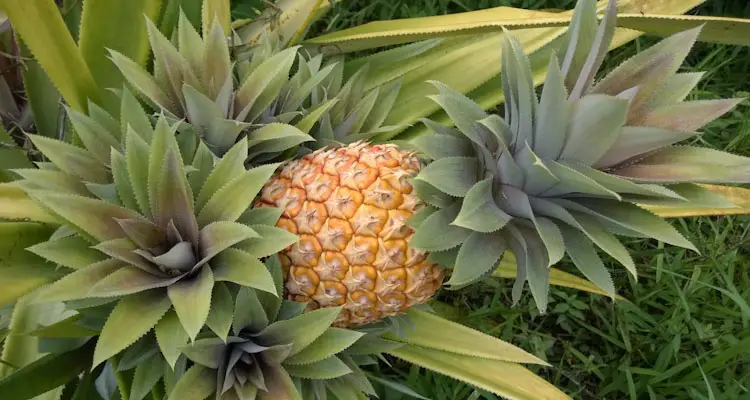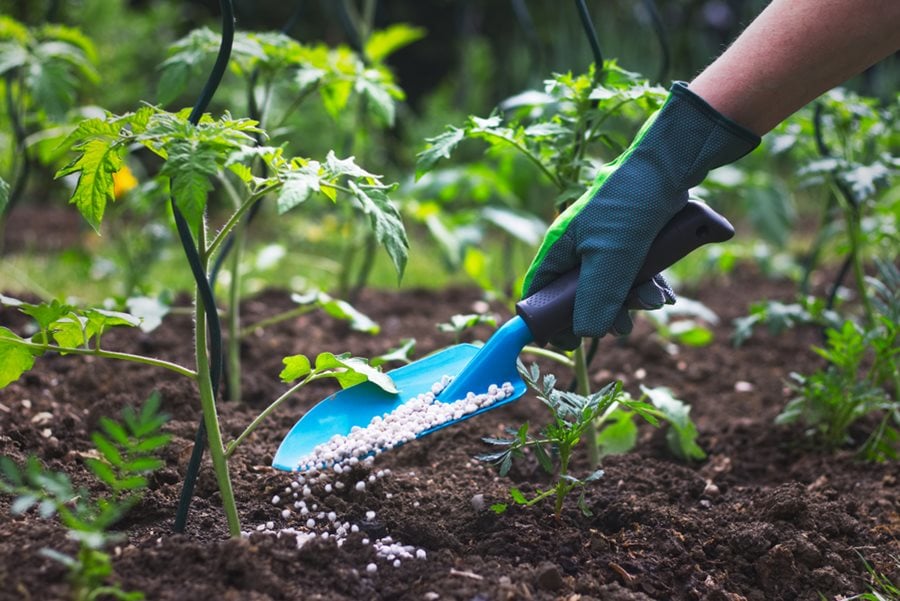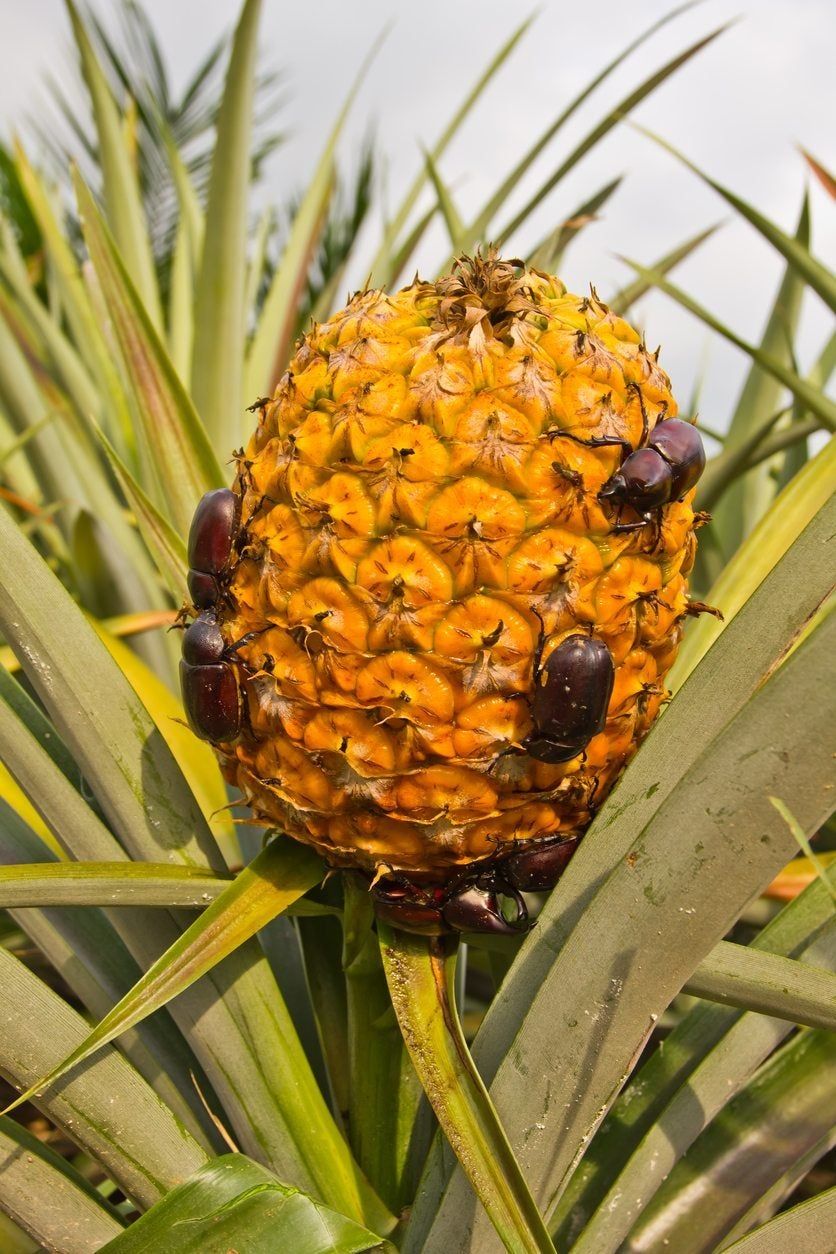
Pineapple Plant Care Guide
Thinking of growing a pineapple? You don’t need to be a gardening pro to do it—growing pineapples is simple, and it’s a fun project even for beginners. Whether you’re after sweet, organic fruit or just want a unique ornamental plant, pineapples are a great choice.
Pineapples have been cultivated for thousands of years, starting in Brazil, but they’re now grown in tropical and subtropical regions around the world. If you’re not in a tropical area, don’t worry—you can still grow a pineapple indoors, in containers, or even in non-tropical areas. So, let’s dive into how you can successfully grow and care for your own pineapple plant!
What Is a Pineapple Plant?

Pineapples (Ananas comosus) are tropical plants known for their spiky foliage and sweet, juicy fruit. Despite the “pine” in their name, pineapples don’t grow on trees but rather from a bush near the ground. The fruit itself is actually a large berry, encased in a fibrous shell, with sharp spikes on the outside.
Pineapples come in a few different varieties. The most common ones include:
- Smooth Cayenne: Large fruit (5–6 lbs), with long leaves (about 3 feet).
- Red Spanish: Smaller fruit (2–4 lbs), with pale yellow flesh.
- Del Monte Gold (MD-2): A sweeter variety with a yellow pulp and smaller fruit (3–4 lbs).
- Queen Pineapple: Known for its crisp texture and sharp spiked leaves.
- Sugarloaf: Smooth leaves with a smaller fruit (5–6 lbs).
These varieties are grown in places with warm, well-drained tropical climates like Florida, Hawaii, and South America.
Plant Growing Summary

| Factor | Growth Condition |
|---|---|
| Botanical Name | Ananas comosus |
| Water | Light watering |
| Sunlight | Bright, indirect light |
| Temperature | 60°F – 90°F (15.5°C – 32°C) |
| Fertilizer | Once every 6–8 weeks |
| Soil | Moist, organic-rich soil |
| USDA Zones | 4–11 (indoor), 9–11 (outdoor) |
How Many Pineapples Does One Plant Produce?
:max_bytes(150000):strip_icc()/GettyImages-1212711235-f877e13b230844d9a28122f49cc1b79d.jpg)
A single pineapple plant typically produces only one fruit. However, after it produces a fruit, the plant will grow offsets (also called pups or slips) that can be used to grow new plants. These new plants will eventually mature and bear their own fruit, continuing the cycle.
How to Propagate Pineapple Plants

There are a few ways to propagate pineapple plants, with the most common being through offsets (also called suckers or pups) and pineapple crowns (the leafy top part of the fruit).
Propagating Pineapples from the Crown
This is probably the easiest and most popular method. Here’s a step-by-step guide:
- Pick a healthy, slightly unripe pineapple from the store, with fresh, healthy leaves.
- Twist the crown off the fruit and remove a few of the lower leaves so the stalk is exposed.
- Optionally, dip the crown in a root growth hormone to promote healthy roots.
- Rooting in water: Place the bottom 2–3 inches of the crown in a jar of clean water. Let it sit in a sunny spot, but change the water every few days.
- Rooting in soil: Plant the crown directly in well-draining potting soil. Keep it in a sunny location, and ensure the soil remains slightly moist.
- Wait 1–2 months for roots to form, then transplant the crown into a larger pot when it’s ready.
- Patience is key: It can take up to 2 years for the plant to fruit if you’re growing from a crown.
Propagating Pineapples from Offsets

Offsets (or pups) are small plants that grow around the base of the mother pineapple plant. Here’s how you propagate using these:
- Look for small pups growing around the base of the plant.
- Cut off the pups when they have a few roots and leaves.
- Let them dry for a few days, then plant them in well-draining soil.
- Water lightly and place the pup in a sunny spot.
- It can take about 1–2 years for these plants to mature and produce fruit.
Can You Grow Pineapple Plants Indoors?

Absolutely! Pineapples can be grown indoors, though it’s recommended to go for a dwarf variety unless you have a large space. Indoors, your pineapple plant should get around 6–8 hours of sunlight each day.
If you’re growing it indoors, keep it in a south-facing window for the best sunlight exposure. You can also speed up growth by providing it with the right nutrients, water, and fertilizer.
How to Take Care of a Pineapple Plant

Taking care of a pineapple plant is pretty simple, but it does require a bit of attention to detail. Here are some care tips:
Soil:
Pineapples thrive in fertile, sandy loam soil that’s well-draining. They don’t need deep roots, so make sure the soil doesn’t retain too much moisture, which could cause root rot. For indoor plants, well-drained potting soil works great.
Watering:
Pineapples need light watering—once a week should do the trick. Make sure the soil has time to dry out a bit before watering again. Don’t let the soil stay soggy.
Fertilizing:

Fertilize your pineapple plant once every 6–8 weeks. During the first 16–18 months, you can use a fertilizer high in nitrogen to help promote leaf growth. After that, switch to a fertilizer with a lower nitrogen content to help encourage flowering and fruiting. Seaweed extract or fish emulsion works great for fertilizing.
Sunlight:
Pineapples need plenty of sunlight. Aim for 6–8 hours of indirect sunlight each day. If you’re growing it indoors, place it near a bright window.
Temperature:
Pineapples grow best in temperatures ranging from 60°F to 90°F (15.5°C to 32°C). They’re tropical plants, so keep them away from cold drafts, and make sure they’re kept warm.
How to Make Your Pineapple Plant Fruit

Pineapple plants typically take around 16–18 months to mature and produce flowers. Once the plant starts flowering, it will take about 5–6 months for the fruit to mature fully.
You can help the plant fruit by removing any suckers or slips that appear. This will direct more energy into the main plant and help it produce larger fruit. For indoor plants, you can speed up the flowering process by placing the plant in a plastic bag with a couple of ripe apples. The apples will release ethylene gas, which stimulates flowering.
Pineapple Plant Problems

Why Do Pineapple Plant Tips Turn Brown?
Brown tips can be caused by several things. The most common reason is that the plant has finished its growing cycle after producing fruit. If the plant hasn’t fruited yet, however, it could be a sign of overwatering (root rot) or underwatering (the soil is too dry). Make sure to check the roots and adjust your watering schedule accordingly.
Pineapples are fairly resistant to pests, but you might see some issues with mealybugs or mites. If you spot any pests, treat the plant with insecticidal soap or neem oil.
FAQs for Growing Pineapple Plants
1. What are the ideal growing conditions for pineapple plants?
Pineapple plants thrive in warm, sunny environments. They need plenty of direct sunlight, at least 6-8 hours a day. The ideal temperature range is between 65°F and 95°F (18°C – 35°C). Pineapples prefer well-draining, slightly acidic soil and should be protected from frost.
2. Can I grow a pineapple plant indoors?
Yes, pineapple plants can be grown indoors as long as they receive enough sunlight. A sunny windowsill or a spot with bright, indirect light is ideal. If you don’t have enough natural sunlight, consider using a grow light to supplement. Indoor pineapple plants may not grow as large as those outdoors but can still thrive and produce fruit in the right conditions.
3. How often should I water my pineapple plant?
Pineapple plants are drought-tolerant and prefer to dry out between waterings. Water your plant thoroughly, but allow the soil to dry out completely before watering again. During the growing season (spring and summer), water more frequently, while in the winter, reduce watering as the plant’s growth slows down.
4. How do I fertilize my pineapple plant?
Feed your pineapple plant with a balanced, water-soluble fertilizer every 4-6 weeks during the growing season (spring and summer). In the winter months, you can reduce or stop fertilizing. Organic fertilizers, such as compost or fish emulsion, can also be used to provide the necessary nutrients.
5. How do I propagate a pineapple plant?
Pineapple plants can be propagated by cutting off the top of a ripe pineapple. Cut off the top, removing the fruit and leaving a small amount of the base. Allow the cut end to dry out for a few days to prevent rot, then plant it in a small pot with well-draining soil. Keep the soil moist but not soggy, and place the pot in a warm, sunny location.
6. How long does it take for a pineapple plant to produce fruit?
It can take anywhere from 18 to 36 months for a pineapple plant to produce fruit, depending on the growing conditions and whether it’s grown from a crown, sucker, or slip. Patience is key, as pineapples require a long period of growth before producing their sweet fruit.
7. Can pineapple plants tolerate cold temperatures?
Pineapple plants are sensitive to cold and cannot tolerate frost. They should be kept in temperatures above 50°F (10°C) year-round. If growing them outdoors in cooler climates, it’s best to grow pineapples in pots that can be brought indoors during the winter months.
8. Why are the leaves of my pineapple plant turning yellow?
Yellowing leaves on a pineapple plant can be a sign of overwatering, poor drainage, or nutrient deficiencies. Ensure the plant is in well-draining soil, and only water when the top few inches of soil are dry. If the plant has been over-fertilized, reduce the amount of fertilizer and allow the plant to recover.
9. How do I prune my pineapple plant?
Pruning is generally not necessary for pineapple plants. However, you can remove any dead or damaged leaves to maintain the plant’s appearance. You can also remove any pups (baby plants) that form around the base of the plant, allowing the main plant to grow and thrive without competition.
10. Can I grow a pineapple plant in a container?
Yes, pineapple plants are well-suited for container gardening. Choose a large pot with good drainage and plant the pineapple top in well-draining soil. Containers also allow you to move the plant indoors or outdoors depending on the weather, making it easier to protect the plant from frost.
11. How do I know when my pineapple is ready to harvest?
Your pineapple is ready to harvest when it turns a golden-yellow color, has a sweet fragrance, and feels slightly soft to the touch. The leaves at the top of the fruit should be easy to pull out when the pineapple is ripe. Harvest by cutting the fruit with a sharp knife, leaving a small portion of the stem attached.
12. Are pineapple plants safe for pets?
Yes, pineapple plants are non-toxic to both cats and dogs. However, the spiky leaves can cause irritation or injury if pets chew on them, so it’s best to keep the plant out of reach if you have curious pets.
Conclusion
Pineapple plants are low-maintenance and can thrive with the right care. Whether you’re growing them indoors or outdoors, with some patience and attention, you’ll soon have a lovely plant that can provide sweet fruit or simply act as a beautiful ornamental addition to your space. Happy gardening! 🌱🍍

